In distinction from voluntary offerings, the Tithe is the necessary means the Lord has ordained for the members of His Church to finance the government of the City of God. Ecclesial City government has three dimensions and thus there are three kinds of tithes described in Scripture for financing these three functions. First, the Festival Tithe finances festival assembly worship. Second, the Vocational Tithe finances “local Levites” to equip God’s people in their vocational callings. Third, the Community Tithe is given by the whole community to people in the community who have experienced a mysterious incursion of evil in their lives that would otherwise destroy them financially unless the community pulls together to help get them back on their feet. Much modern Church tradition ignores the fact that Scripture teaches there are three tithes. This is due to the fact that much of the modern Church is presently captive in Babylon and has forgotten what it means to be and run her own City. Therefore, the proper administration of tithes is essential to breaking the bondage of an exile mentality in the Church. Based on the witness of Scripture, historic testimony to how the people of God have understood the three tithes is found in a number of places. Josephus, a Jewish historian in the first century AD, clearly interprets Scripture as teaching that there are three kinds of tithes when he says that “besides” the Vocational Tithe “which you have allotted to give to the priests and Levites” that there was a another tithe (the Festival Tithe) “to be used in those feasts and sacrifices that are to be celebrated in the holy city” (Josephus, Antiquities of the Jews Book IV, 8:8). Josephus also speaks of the Community Tithe as a third distinct and separate tithe from the first two, saying, “Besides those two tithes, which I have already said you are to pay every year, the one for the Levites, the other for the festivals, you are to bring every third year a third tithe to be distributed to those that want; to women also that are widows and to children that are orphans” (Josephus, Antiquities of the Jews, Book IV, 8:22). In the book of Tobit (one of the 15 books that comprise the Apocrypha), written in about the second century BC, we have another ancient witness who interprets Scripture to teach that there are three distinct and separate tithes. Tobit says, “But I alone went many a time to Jerusalem for the festivals, as the Scripture commands all Israel in an everlasting decree, taking with me the first fruits and the tenth parts of my crops and my first shearings, and I would give them to the priests, the sons of Aaron, at the altar. A tenth part of all my produce I would give to the sons of Levi, who officiated at Jerusalem, and another tenth I would sell, and go and spend the proceeds in Jerusalem each year, and a third tenth I would give to those to whom it was fitting to give it, as Deborah my grandmother had instructed me – for I was left an orphan by my father.” (Tobit 1:6-8). For over a decade, John Chrysostom (354-407), who served as Bishop of Constantinople, preached a series of sermons at the cathedral with such eloquence that it earned him the name Chrysostomos, “Golden-Mouthed.” In his 64th sermon on Matthew, while commenting on chapter 19 and verse 27, he made some remarks that show that he interpreted Scripture to teach that there are three different kinds of tithes: “And how much did they bestow in alms? one may ask. For this very thing, I am minded to say now, that they who do not give may be roused to give, and they that give may not pride themselves, but may make increase of their gifts. What then did they give? A tenth of all their possessions, and again another tenth, and after this a third, so that they almost gave away the third part, for three-tenths put together make up this. And together with these, first fruits, and first born, and other things besides, as, for instance, the offerings for sins, those for purification, those at feasts, those in the jubilee, those by the canceling of debts, and the dismissals of servants and the lendings that were clear of usury. But if he who gave the third part of his goods, or rather the half (for those being put together with these are the half), if then he who is giving the half, achieves no great thing, he who doth not bestow so much as the tenth, of what shall he be worthy? With reason He said, ‘There are few that be saved’” (Chrysostom, Homily 64, Matthew 19:27).
Also see Community Tithe, Ecclesial City, Festival Tithe, and Vocational Tithe.
